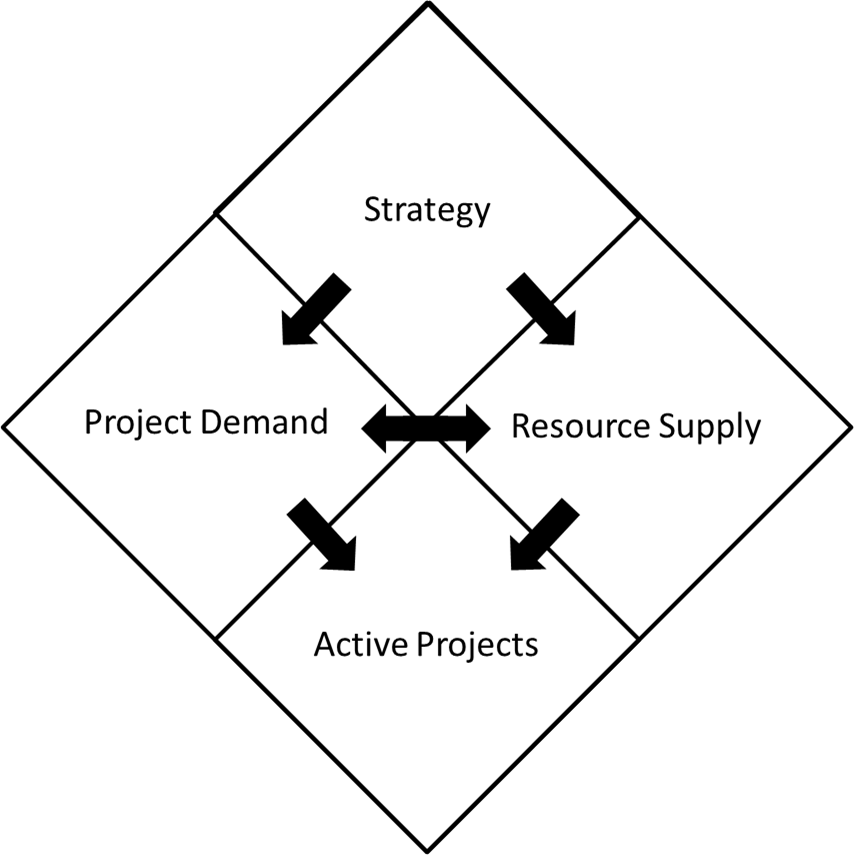Once I was interviewing for a project management position and was asked “What would you do if your stakeholders wanted you to deliver multiple projects, on accelerated timelines, without enough resources?” My response was simple. Tell them “No” and then outline realistic options. I explained there are generally three things you can do.
- Use logic to set realistic expectations with the resources available.
- Prioritize and reduce the number of low priority projects in order to match the resources available.
- Request additional resources required to get the job done.
I’m pretty sure the interviewer didn’t like my answer because I didn’t get the job. Such is life. Sometimes “No” just isn’t something people like to hear. It’s been my experience that all too often people are too anxious to hear “Yes”, even when they know it can’t be done, in order to avoid making tough decisions.
Unfortunately this situation highlights the reality in practically every organization. Everyone wants everything yesterday, and they lack the resources to get work done. Or, more simply stated, demand for projects is always greater than the supply of time, money, and people available.
I’ve found the following framework to be a helpful tool to guide conversations about prioritizing work.

Essentially every portfolio should be informed and prioritized based on strategies set-forth by leadership. These strategies then inform the priorities of projects and/or availability of money and talent available to support the work. This is continually assessed based on performance of active projects within the organization. The primary challenge is to keep everything in balance. This requires continuous reassessment and reallocation to ensure the right resources, are supporting the right projects, to help realize the strategies for the organization. Just like the conductor of an orchestra, the PMO or portfolio leader sits at the very center of the framework to help guide leadership.
In today’s culture of “we want everything now” – it’s important to remember that great leaders are distinguished by the things they chose not to do, so than can pursue fewer things exceptionally well. The role of the leader is to know when to say “No”. Whereas, the role of the project professional is to show “what has to be true” within the context of the framework in order to confidently say “Yes”.